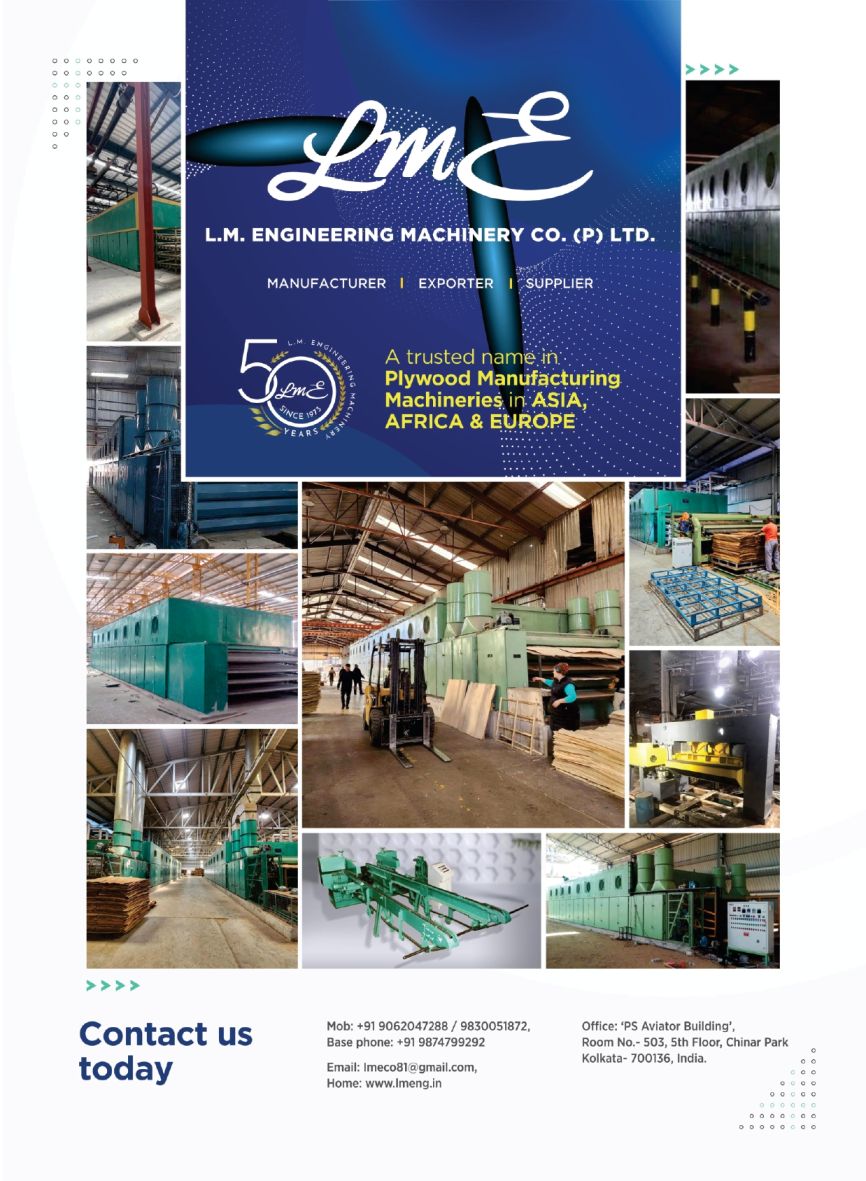
Challenges of Indian Industry
- March 11, 2022
- 0
To take India to the higher echelons of economic progress, mere annual budget will not work. For that we have to make a long term agenda. It is necessary that we move forward on the vision of 25 years. In the meantime, we must not forget the challenges before us. They have to be considered point by point. We lack a middle class shopping for Make in India products. Therefore, we have to make efforts to bring the country into the middle-income category by 2030 and in line with developed nations by 2047, by creating a customer segment for these products.
Since 2019, our nominal GDP per capita has declined by 10 percent. This clearly indicates that we need to restructure our economic model. There is also a debate about opportunities in the country. During the last seven years, 8.5 lakh Indians have left the country. Bureaucracy and judicial system push India back. We have failed to fulfill the promise of Sardar Patel, in which he said, ‘No one will die of hunger in independent India. Getting justice will neither be difficult nor costly.
Industrialization is at the heart of our policies. To fulfill this objective, we have created PSUs, industrial houses and world class IITs and IIMs. On the other hand, in the absence of possibilities of overall development in the country, people study here and go to developed countries. India certainly has a demographic opportunity, but it does not have a profitable position, because we have never invested for it. India ranks lowest among ASEAN countries in terms of labor productivity. In such a situation, huge investments will have to be made to increase productivity and overall competitiveness.
We have to take some steps to make our dream India. For example, instead of a small group of large companies, the focus will have to be on building a large group of small companies.
भारतीय उद्योग की चुनौतियाँ
भारत को आर्थिक प्रगति के उच्च सोपान तक ले जाने के लिए केवल सालाना बजट से ही काम नहीं चलेगा। उसके लिए हमें दीर्घकालीन एजेंडा बनाना होगा। यह आवश्यक है कि हम 25 साल के विजन पर आगे बढ़ें। इस बीच हमें अपने समक्ष कायम चुनौतियों को विस्मृत नहीं करना होगा। उन पर बिंदुवार विचार करना होगा। हमारे पास मेक इन इंडिया उत्पादों की खरीदारी करने वाले एक मध्यम वर्ग का अभाव है। इसलिए हमें इन उत्पादों का एक ग्राहक वर्ग बनाकर देश को 2030 तक मध्यम आय वर्ग वाली श्रेणी और 2047 तक विकसित राष्ट्रों की कतार में लाने के लिए प्रयास करने होंगे।
2019 से ही हमारी प्रति व्यक्ति अनुमानित (नामिनल) जीडीपी में 10 प्रतिशत की गिरावट आई है। यह स्पष्ट संकेत करता है कि हमें अपने आर्थिक माडल का पुनर्गठन करना होगा। देश में अवसरों को लेकर भी बहस हो रही है। विगत सात वर्षों के दौरान 8.5 लाख भारतीय देश से बाहर जा चुके हैं। नौकरशाही और न्यायिक तंत्र भारत को पीछे धकेलते हैं। हम सरदार पटेल के उस वादे को पूरा करने में नाकाम रहे हैं, जिसमें उन्होंने कहा था, ‘स्वतंत्र भारत में कोई भी भुख से नहीं मरेगा। न्याय पाना न तो मुश्किल होगा और न ही महंगा’।
उद्योगीकरण हमारी नीतियों के केंद्र में है। इसी उद्देश्य की पूर्ति के लिए हमने पीएसयू, औद्योगिक घराने और विश्वस्तरीय आइआइटी एवं आइआइएम जैसे संस्थान गढ़े। वहीं देश में समग्र विकास की संभावनाओं के अभाव में लोग यहां पढ़ लिखकर विकसित देशों का रुख करते हैं। भारत के पास जनसाख्यिकीय अवसर अवश्य है, किंतु इसमें लाभ की स्थिति नहीं दिखती, क्योंकि इसके लिए हमने कभी निवेश ही नहीं किया। श्रम उत्पादकता के पैमाने पर भारत आसियान देशों में सबसे निचले स्तर पर है। ऐसे में उत्पादकता और समग्र प्रतिस्पर्धा में वृद्धि के लिए भारी-भरकम निवेश करना होगा।
अपने सपनों का भारत बनाने के लिए हमें कुछ कदम उठाने होंगे। जैसे बड़ी कंपनियों के एक छोटे समूह के बजाय छोटी-छोटी कंपनियों का एक बड़ा समूह बनाने पर ध्यान केंद्रित करना होगा।






























































